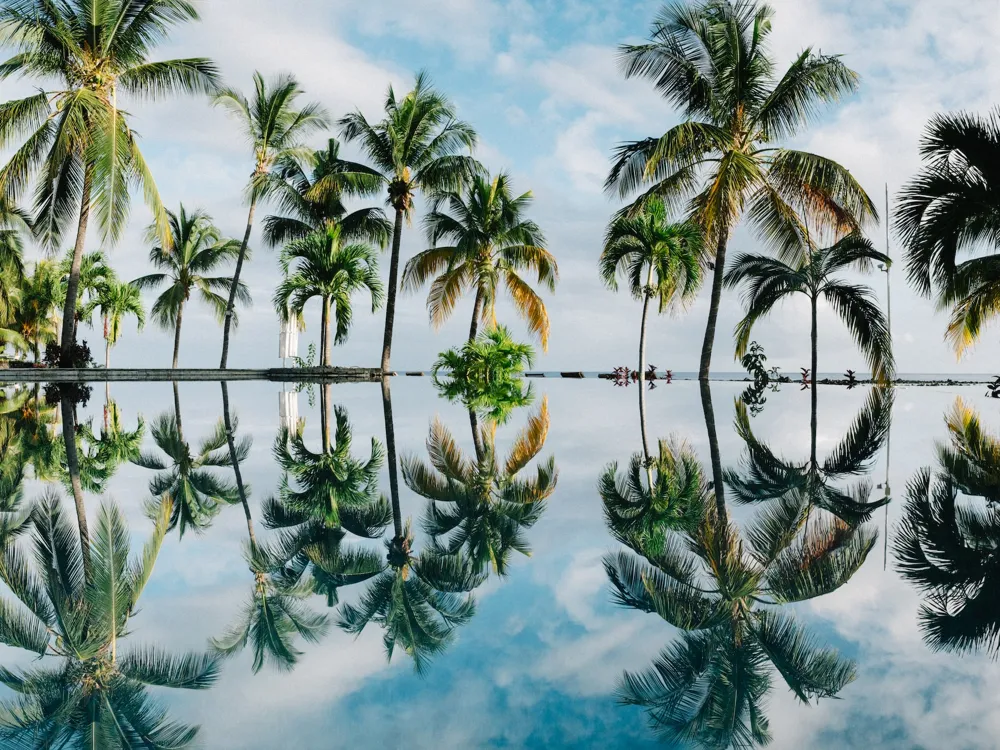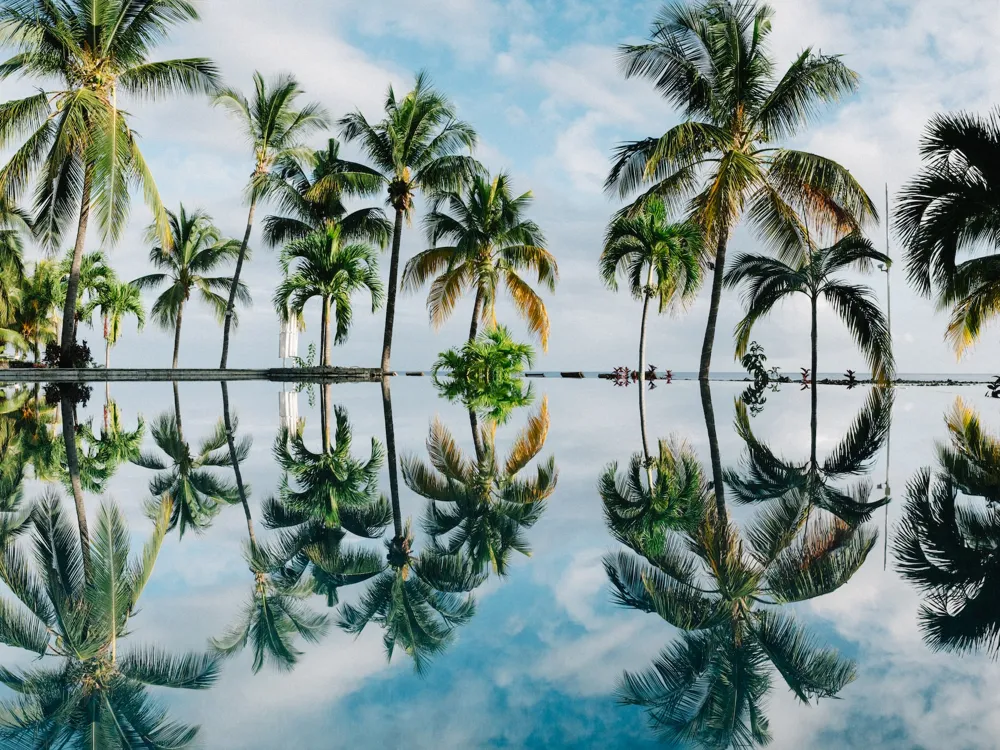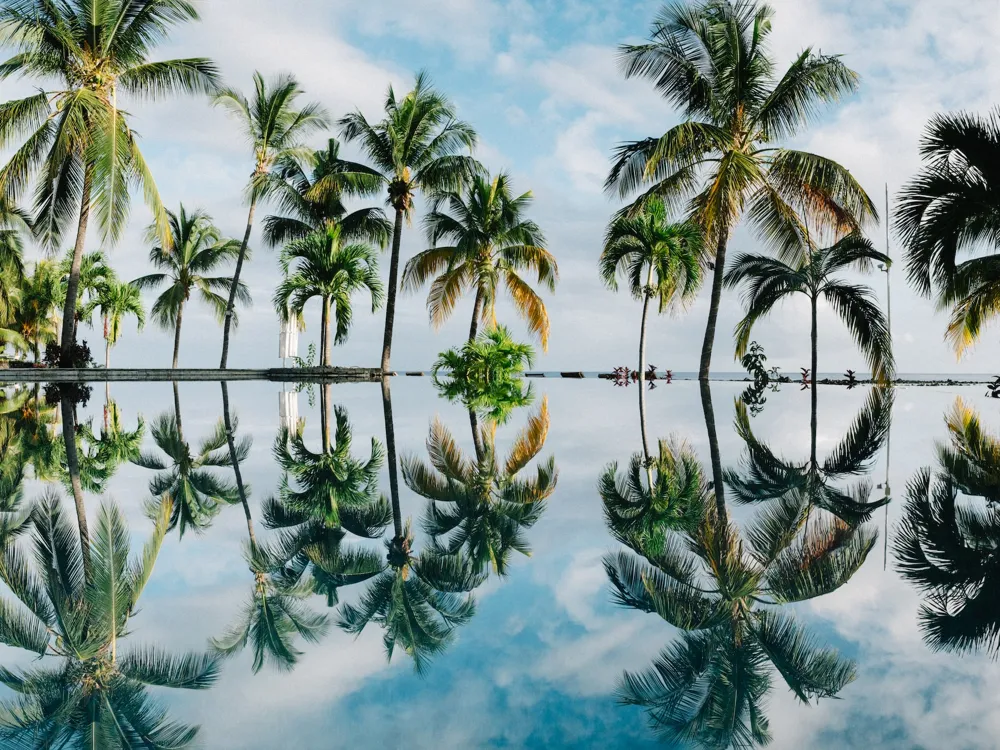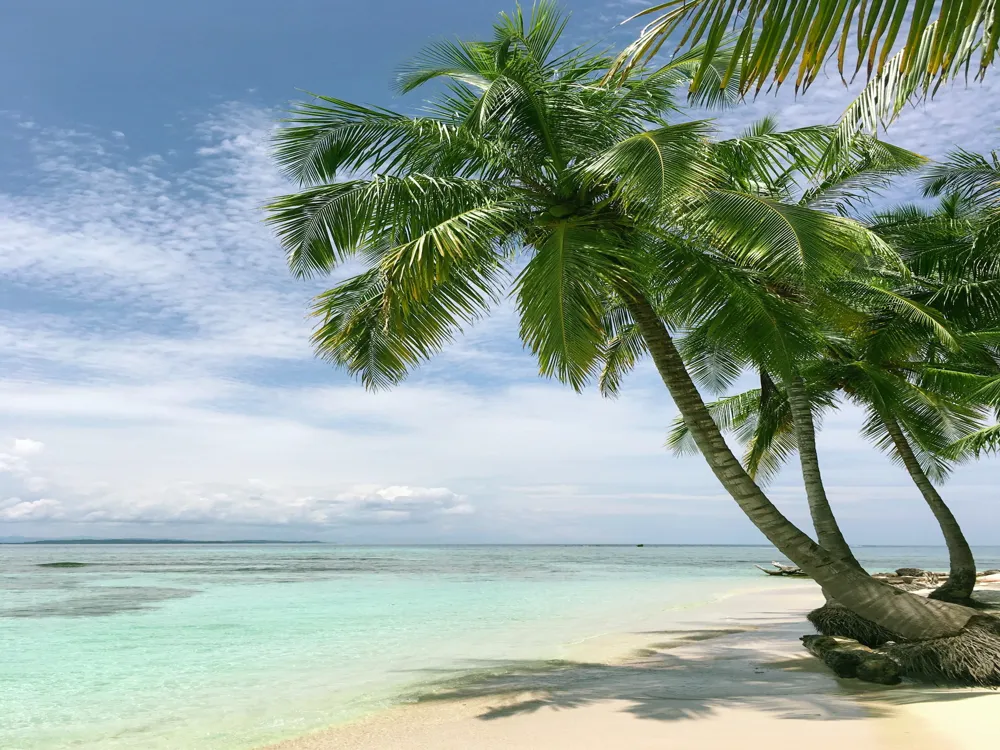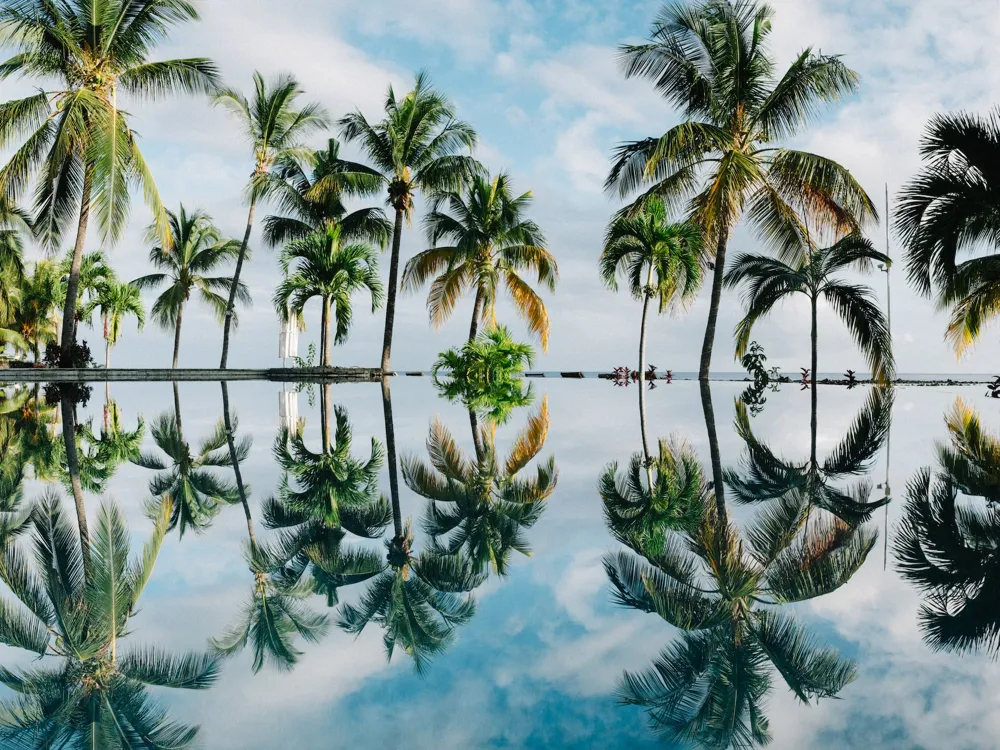Bras d'Eau National Park, located in the northeast of the beautiful island of Mauritius, is a testament to nature's splendor and biodiversity. Covering a significant area, the park is a haven for nature enthusiasts, offering a rich tapestry of flora and fauna set against the backdrop of Mauritius's unique geological history. As one enters the park, they are greeted by an array of indigenous and exotic plant species, setting the stage for a truly immersive nature experience. The park's history is as fascinating as its natural beauty. Originally used for agricultural purposes, it has undergone a transformation into a conservation area, reflecting Mauritius's commitment to preserving its natural heritage. The varied ecosystems within the park, from dry coastal forests to lush wetlands, provide habitats for a diverse range of species, some of which are endemic to Mauritius. Birdwatchers are particularly drawn to Bras d'Eau, as it is home to rare bird species like the Paradise Flycatcher and the Mauritius Fody. Bras d'Eau is not just about flora and fauna; it also offers a glimpse into the island's history. The ruins of an old sugar mill and the remnants of railway lines tell the story of a bygone era, adding a historical dimension to the nature trail experiences. Visitors can also enjoy the tranquility of the park's two main bodies of water, the Bras d'Eau Public Beach and the Mare Sarcelle, which are perfect spots for relaxation and reflection. The architecture of Bras d'Eau National Park is a harmonious blend of natural and man-made elements. The park's design respects the natural topography and ecosystem, ensuring minimal impact on the environment. The walking trails, observation decks, and picnic areas are thoughtfully integrated into the landscape, providing visitors with an unobtrusive way to enjoy the park's beauty. One of the architectural highlights of the park is the Visitor Information Centre. Designed with sustainability in mind, it serves as an educational hub, offering insights into the park's ecology and history. The use of local materials in its construction and the incorporation of green technologies reflect the park's commitment to environmental stewardship. The layout of the park is designed to provide a holistic nature experience. The trails are laid out in a way that takes visitors through different habitats, each offering unique sights and sounds. The park's architecture is not just about aesthetics; it's about creating a space that educates, inspires, and connects visitors with the natural world. The best time to visit Bras d'Eau National Park is during the cooler months from May to October. During this period, the weather is more pleasant, making it ideal for hiking and exploring the park. Visitors should bring water, sun protection, insect repellent, and comfortable walking shoes. It's also advisable to carry a camera or binoculars for birdwatching and capturing the scenic views. Opting for a guided tour can enhance the experience, as local guides provide valuable insights into the park's biodiversity and history. It's crucial to respect the park's environment by staying on designated trails, not disturbing wildlife, and carrying out all trash. Bras d'Eau National Park is accessible by various means of transportation. The most convenient way to reach the park is by car, and it's approximately a one-hour drive from the capital city of Port Louis. Public transportation options are also available, with buses running from major cities to the vicinity of the park. For international visitors, the nearest airport is the Sir Seewoosagur Ramgoolam International Airport, from where you can hire a car or take a taxi to the park. Read More:Overview of Bras d'Eau National Park, Mauritius
Architecture of Bras d'Eau National Park
Tips When Visiting Bras d'Eau National Park
Best Time to Visit
What to Bring
Guided Tours
Respect the Environment
How to Reach Bras d'Eau National Park
Bras d'Eau National Park
Mauritius
₹ 24,899 onwards
View mauritius Packages
Weather :
Tags : National Park
Timings : 9:00 AM - 5:00 PM
Time Required : 3-4 hours
Planning a Trip? Ask Your Question
Mauritius Travel Packages
View All Packages For Mauritius
Top Hotel Collections for Mauritius

Private Pool

Luxury Hotels

5-Star Hotels

Pet Friendly
Top Hotels Near Mauritius
Other Top Ranking Places In Mauritius
View All Places To Visit In mauritius
View mauritius Packages
Weather :
Tags : National Park
Timings : 9:00 AM - 5:00 PM
Time Required : 3-4 hours
Planning a Trip? Ask Your Question
Mauritius Travel Packages
View All Packages For Mauritius
Top Hotel Collections for Mauritius

Private Pool

Luxury Hotels

5-Star Hotels

Pet Friendly







